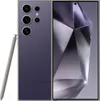OnePlus 13R is proof you never need to spend big on a flagship again — here's why
Who needs an expensive phone with features like these?
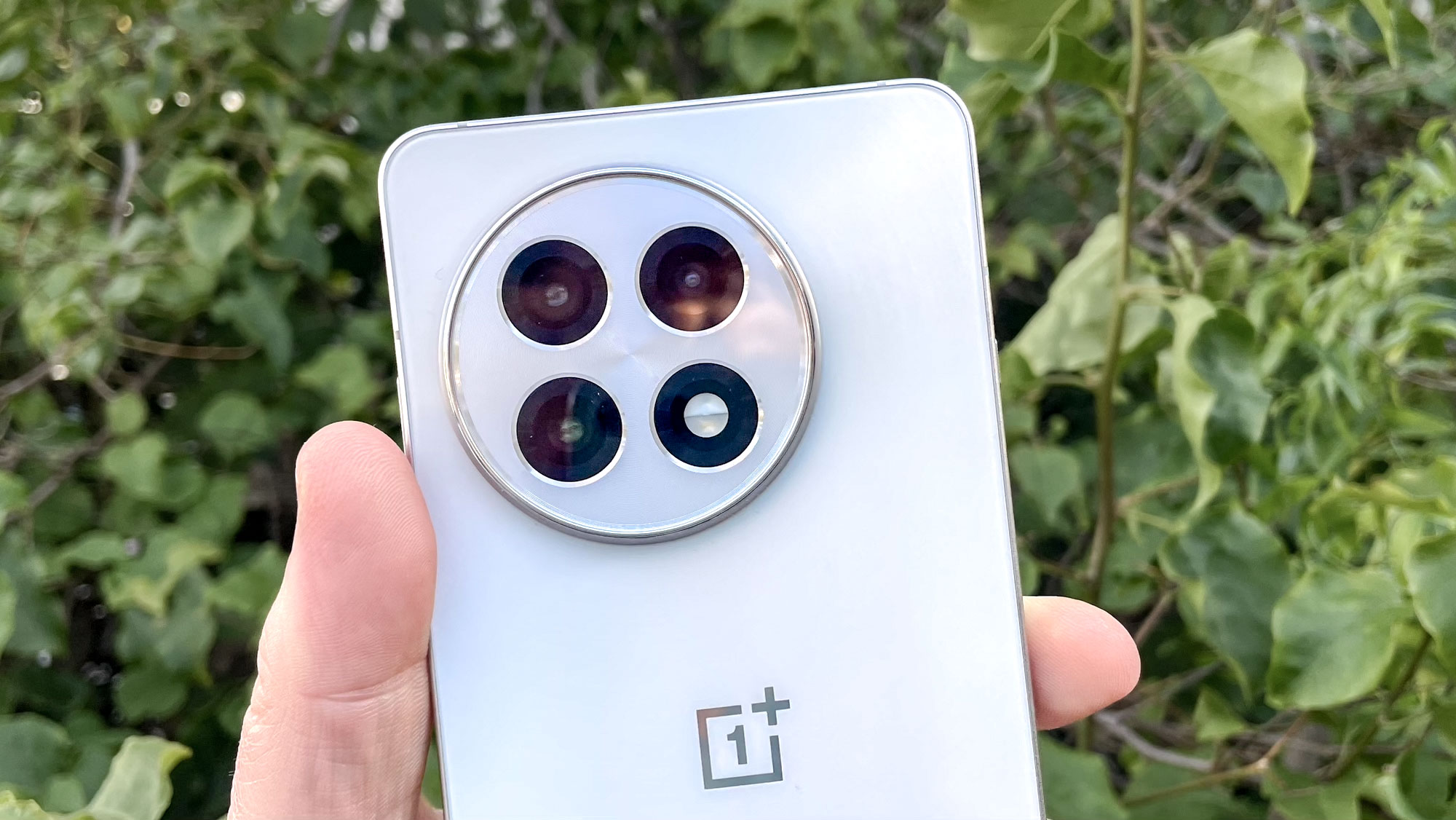
When it came to midrange phones — those handsets that don't quite have the full feature set found on flagship phones but also don't have the wallet-busting price tags — device makers used to take the attitude that you get what you paid for. The midrange phones of yesteryear were serviceable at best, and if you wanted anything better than that, you needed to pay up for a top-of-the-line model.
That attitude has shifted recently, as phone makers look to broaden the market for their offerings. For the past two years, midrange phones have increasingly packed in premium features while still costing hundreds of dollars less than their flagship counterparts. High-end phones still dominate the best phone rankings, but nowadays, you can spend $500 on a handset and feel pretty confident that you're getting a relatively full-featured device.
That trend toward more polished midrange models seems to be continuing into 2025, at least if the OnePlus 13R is any indication. I just spent some time with the new OnePlus phone as I tried it out for my OnePlus 13R review, and I'd be hard-pressed to explain how exactly this phone is a big step back from its more expensive sibling. In fact, I'd go so far as to say that the OnePlus 13R is further evidence that you may never buy another pricey flagship again and still be able to enjoy some high-end features.
OnePlus 13R: What you give up
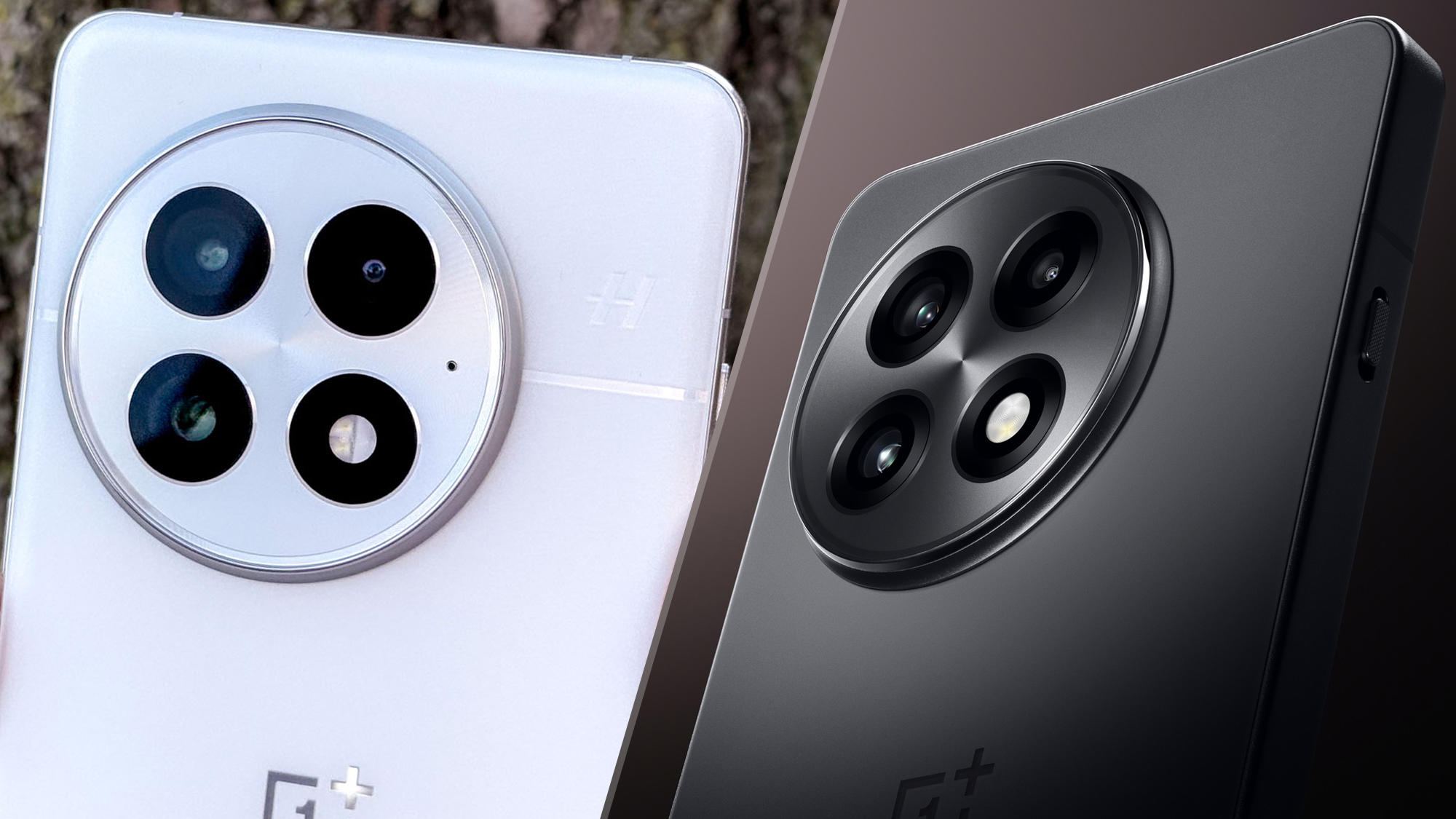
Our OnePlus 13 vs. OnePlus 13R comparison goes into greater depth about the differences between the two newly released phones. But I think the trade-offs you make by choosing the $599 OnePlus 13R over the $899 OnePlus 13 can be summed up thusly:
- The OnePlus 13 has greater durability and a more stringent water resistance rating than the OnePlus 13R.
- The OnePlus 13's display is slightly larger and offers sharper resolution.
- The OnePlus 13 runs on a Snapdragon 8 Elite chipset while the OnePlus 13R turns to an older Snapdragon 8 Gen 3 system-on-chip. (That's the silicon featured in 2024's OnePlus 12 flagship, to be specific.)
- Both new OnePlus phones have three rear cameras, but the ultrawide lens on the OnePlus 13 offers better resolution while the telephoto lens features a longer optical zoom.
I'm not going to hand-wave away the first point: The OnePlus 13 can get dunked in water or sprayed with a high-pressure jet of water, and the OnePlus 13R can't. If you want to guard against either scenario, the OnePlus 13 is your only option.
We can debate the merits of the OnePlus 13's 6.82-inch panel against the 6.78-inch screen featured on the OnePlus 13R, but I'm not sure the difference in size is going to sway most people. Both phones have adaptive refresh rates and both claim to have a maximum brightness of 4,500 nits. Really, the experience of looking at one screen versus the other is close enough for government work.
The Snapdragon 8 Elite turns in impressive performance, certainly the best graphics benchmarks we've seen on a mobile device and its CPU performance is very speedy, too. That said, while the OnePlus 13 posts better numbers than the OnePlus 13R in the benchmark tests we've run, they're not so much better that the average user is likely to notice a lag in everyday tasks if they're using the OnePlus 13R. In my testing, the 13R even proved pretty adept at playing some graphically intensive games, so the trade-off between one generation of chip to the next is not as big as it might seem on paper.
| Row 0 - Cell 0 | OnePlus 13 | OnePlus 13R |
| Chipset | Snapdragon 8 Elite | Snapdragon 8 Gen 3 |
| Geekbench scores (single/multicore) | 2893 / 9058 | 2098 / 6533 |
| 3DMark Wild Life Unlimited (fps) | 152.7 | 115.3 |
| Battery Life (Hrs: Mins) | 19:45 | 18:49 |
Similarly, the OnePlus 13 produces gorgeous pictures, enough to land the phone among our best camera phone contenders. I'd have to compare its camera performance head-to-head with what the OnePlus 13R produces to judge how much of a gap there is in photo quality. But I have been shooting a lot of photos with the OnePlus 13R and a Google Pixel 8a, the best camera phone for less than $500. And the OnePlus 13R matches up pretty well against that phone's output.
The bottom line is this: The OnePlus 13 is clearly a more premium offering than the OnePlus 13R in several ways. But I'm not sure it's better enough to make up for a $300 difference in price.
Cheaper options all around
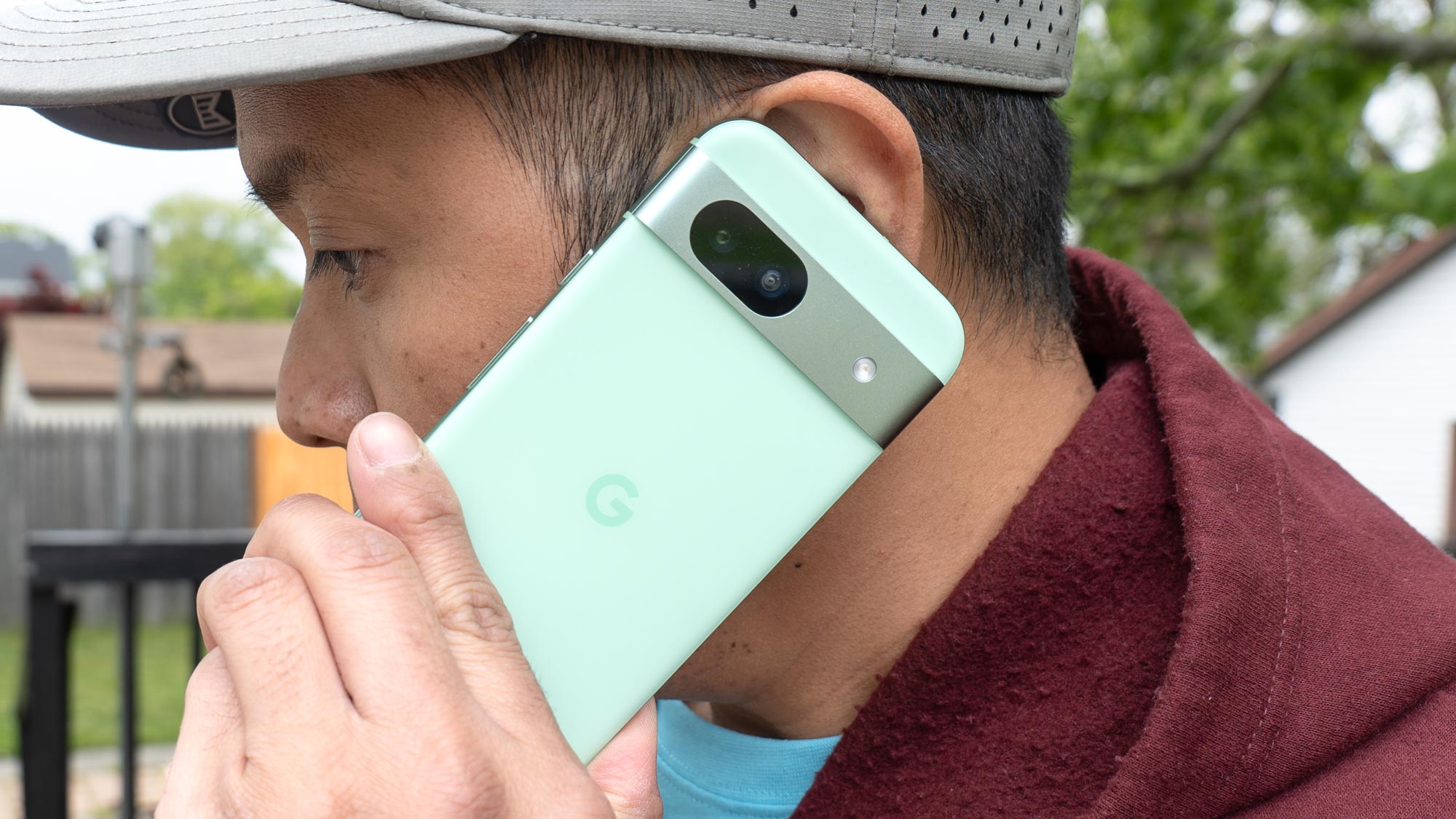
We're singling out the OnePlus 13R here because it's been very much at the top of my mind lately. But other top Android phone makers are also leaving very little wiggle room between their flagship and some less expensive options that still pack in premium features.
I've mentioned the Pixel 8a, which serves as an excellent low-cost alternative to the Pixel 9, if you don't want to pay extra for the telephoto lens that Google restricts to its Pro phones. The Pixel 9 features a newer Tensor system-on-chip, which supports AI-powered features that simply aren't available to the Pixel 8a and its older Tensor G3 silicon. But the Pixel 8a does support some AI features — just about anything a Pixel 8 flagship can do, the Pixel 8a can do just as well. And as we've established, if you want a low-cost camera phone, the $499 Pixel 8a is very hard to beat.
As with the new OnePlus devices, there's a $300 price gap with the $799 Pixel 9 and the Pixel 8a. Are those extra AI features on the Pixel 9 enough to justify the 300 extra dollars you've got to pay? I guess that depends on how much you like inserting people into group photos via Add Me.
The pricing difference between the $799 Galaxy S24 and $649 Galaxy S24 FE isn't as vast as what we've been talking about here. But the FE supports the exact same Galaxy AI features as the standard S24, and the biggest trade-offs you have to make involve a less powerful telephoto lens and less power-efficient chipset. The phones are so evenly matched, though my colleague John Velasco argues that the Galaxy S24 FE is the better buy, and the only counter-argument I have is that I prefer the regular S24's more compact size.
Where's Apple's midrange option?
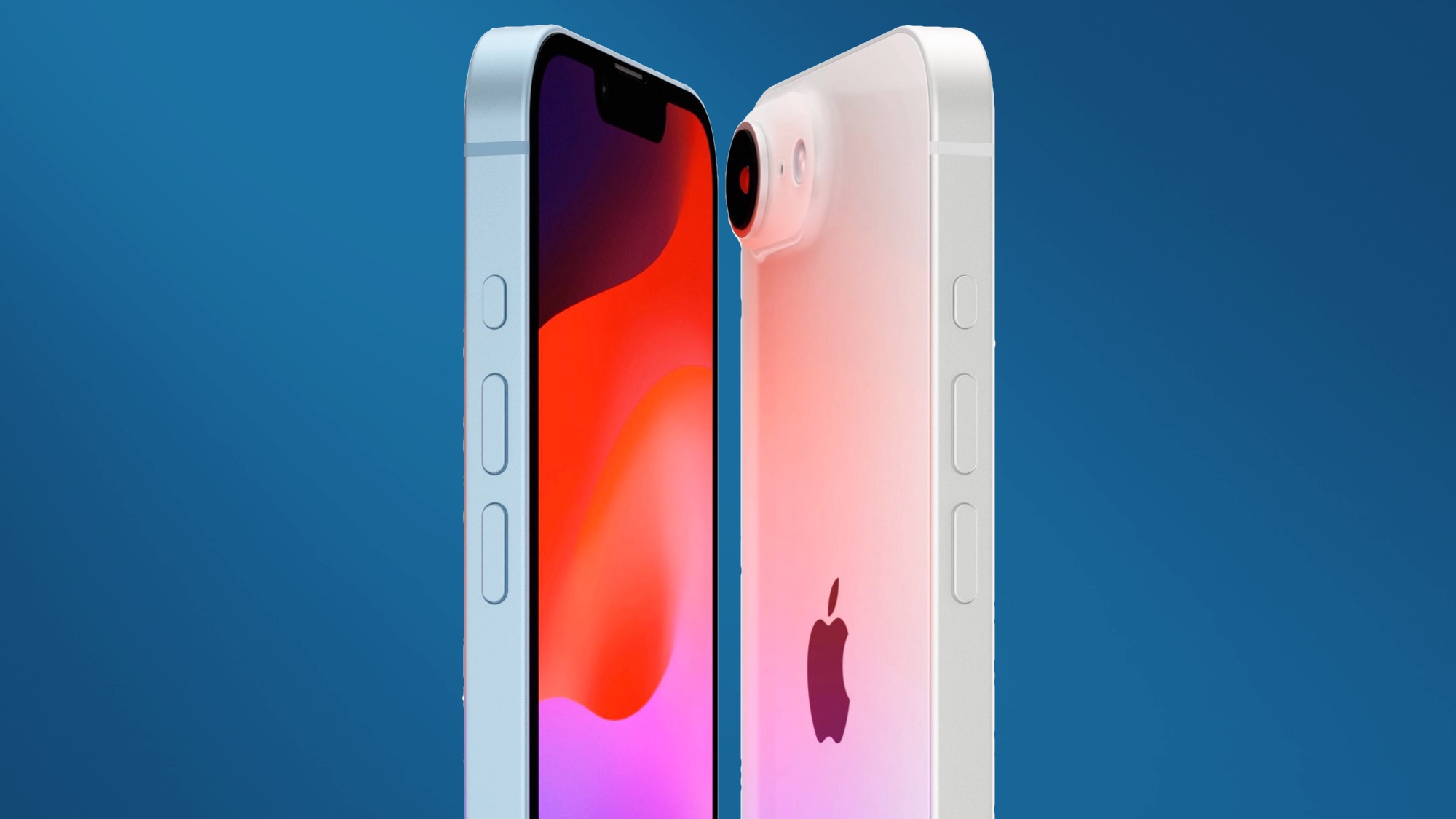
Just about the only top phone maker who doesn't offer a compelling midrange option is Apple. If you don't want to pay $799 or more for one of the new iPhone 16 flagships, then you've either got to settle for an older iPhone at a reduced price or turn to the $429 iPhone SE (2022). That latter option is not only approaching its third birthday, but it's also got a design that was feeling dated three presidential administrations ago.
It's possible that changes in a few months when Apple is rumored to be coming out with the iPhone SE 4 (or the iPhone 16E if rumors of a potential name change are accurate). This iPhone SE successor would ditch the aging design for a more full-screen look, and it would reportedly run on the same A18 silicon found in the current iPhone 16. That would mean an iPhone that potentially costs less than $500 while still supporting Apple Intelligence features.
Once even Apple is offering a low-cost phone with plenty of premium features, you know which way the direction is headed. And that's good news for anyone with an eye on their phone-buying budget.
More from Tom's Guide
- I created this short cinematic clip with the OnePlus 13's video camera — here's the result
- Samsung Galaxy S24 FE vs. Galaxy S24: Here's the biggest differences
- Best Android phones
Sign up to get the BEST of Tom's Guide direct to your inbox.
Get instant access to breaking news, the hottest reviews, great deals and helpful tips.
Philip Michaels is a Managing Editor at Tom's Guide. He's been covering personal technology since 1999 and was in the building when Steve Jobs showed off the iPhone for the first time. He's been evaluating smartphones since that first iPhone debuted in 2007, and he's been following phone carriers and smartphone plans since 2015. He has strong opinions about Apple, the Oakland Athletics, old movies and proper butchery techniques. Follow him at @PhilipMichaels.

